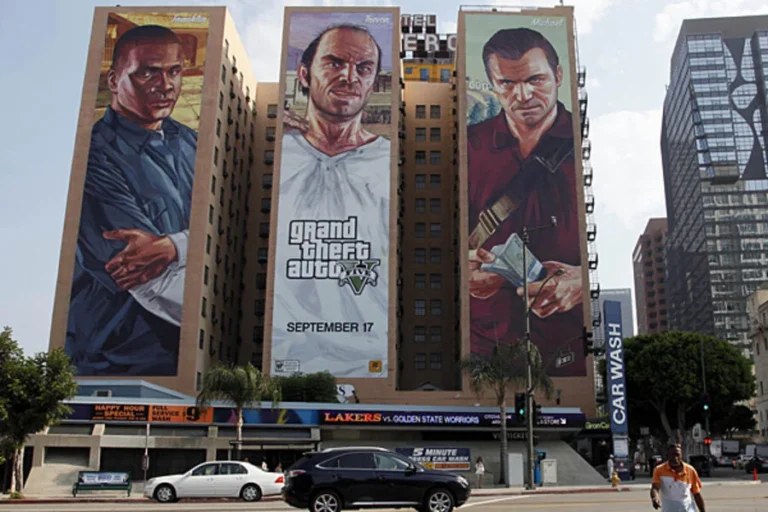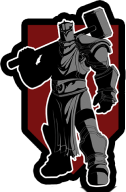Game design and game programming are two disciplines that lie at the heart of game development. Game design involves the art of conceptualizing gameplay mechanics, crafting engaging narratives, and shaping the overall player experience, while game programming delves into the intricate realm of coding and bringing those design visions to life. In this article, we will explore the unique roles and responsibilities of game designers and game programmers, highlighting the fascinating interplay between these creative minds and the technical wizards behind the scenes, all while unravelling the key differences that make each role indispensable in crafting the digital realms we love to explore.
What Is Game Design?
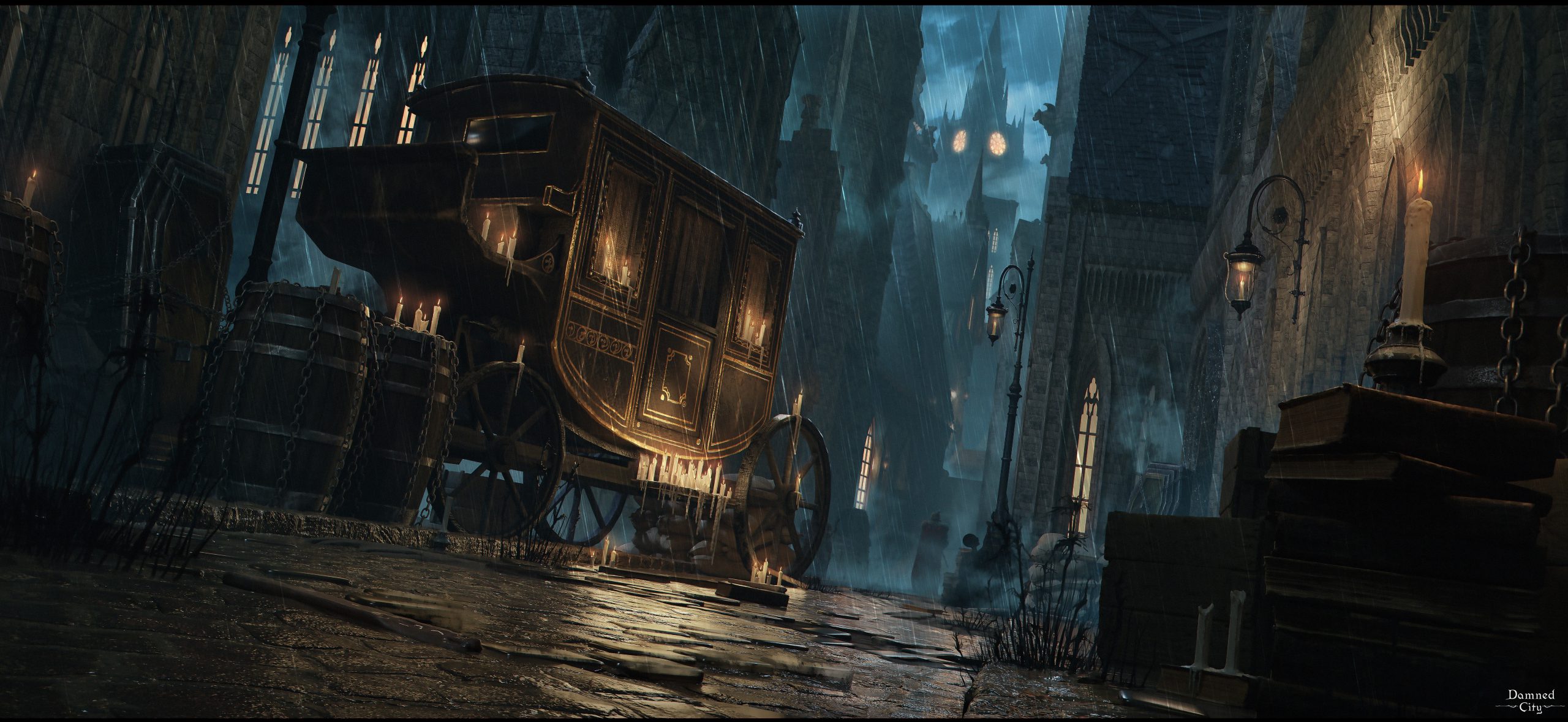
Game design is the creative and strategic process of conceptualizing, planning, and defining a video game’s interactive elements, mechanics, rules, and overall structure. It is the art of crafting the player’s experience, guiding their journey through the virtual world, and ensuring the game is engaging, enjoyable, and meaningful. Game designers work closely with a team to develop the game’s concept, characters, levels, storylines, and objectives, shaping how players interact with the game and how the game world responds to their actions.
They consider factors such as gameplay balance, pacing, difficulty, and user feedback, all with the ultimate goal of creating a cohesive and immersive experience that captivates players and keeps them coming back for more. Game design is a multidisciplinary field that blends elements of art, storytelling, psychology, and technology to create interactive entertainment that resonates with players and stands the test of time.
What Is Game Programming?
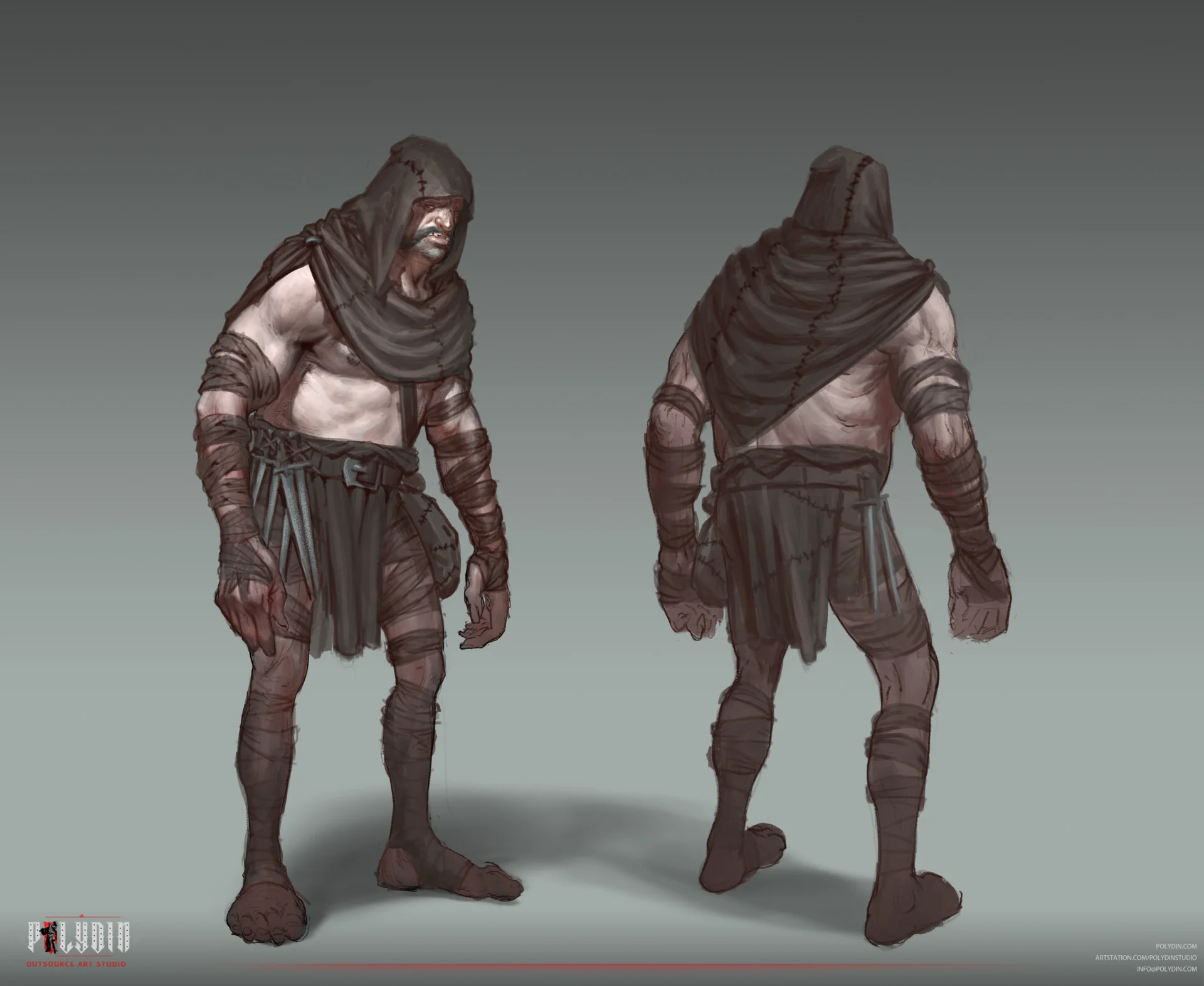
Game programming is the technical and computational process of bringing a video game to life by writing code instructing the computer on rendering graphics, processing player input, managing game mechanics, and handling various interactions within the game world. Game programmers work closely with game designers to implement the gameplay elements and mechanics envisioned in the game design, ensuring that they function as intended and provide players a seamless and immersive experience.
They use programming languages such as C++, C#, Java, Python, and others to create the underlying systems and algorithms that power the game, from physics simulations and artificial intelligence to user interfaces and networking capabilities. Game programming is a complex and iterative process that involves debugging, testing, and refining the code to achieve optimal performance and gameplay, making it an essential pillar in the game development pipeline.
What Does a Game Designer Do?
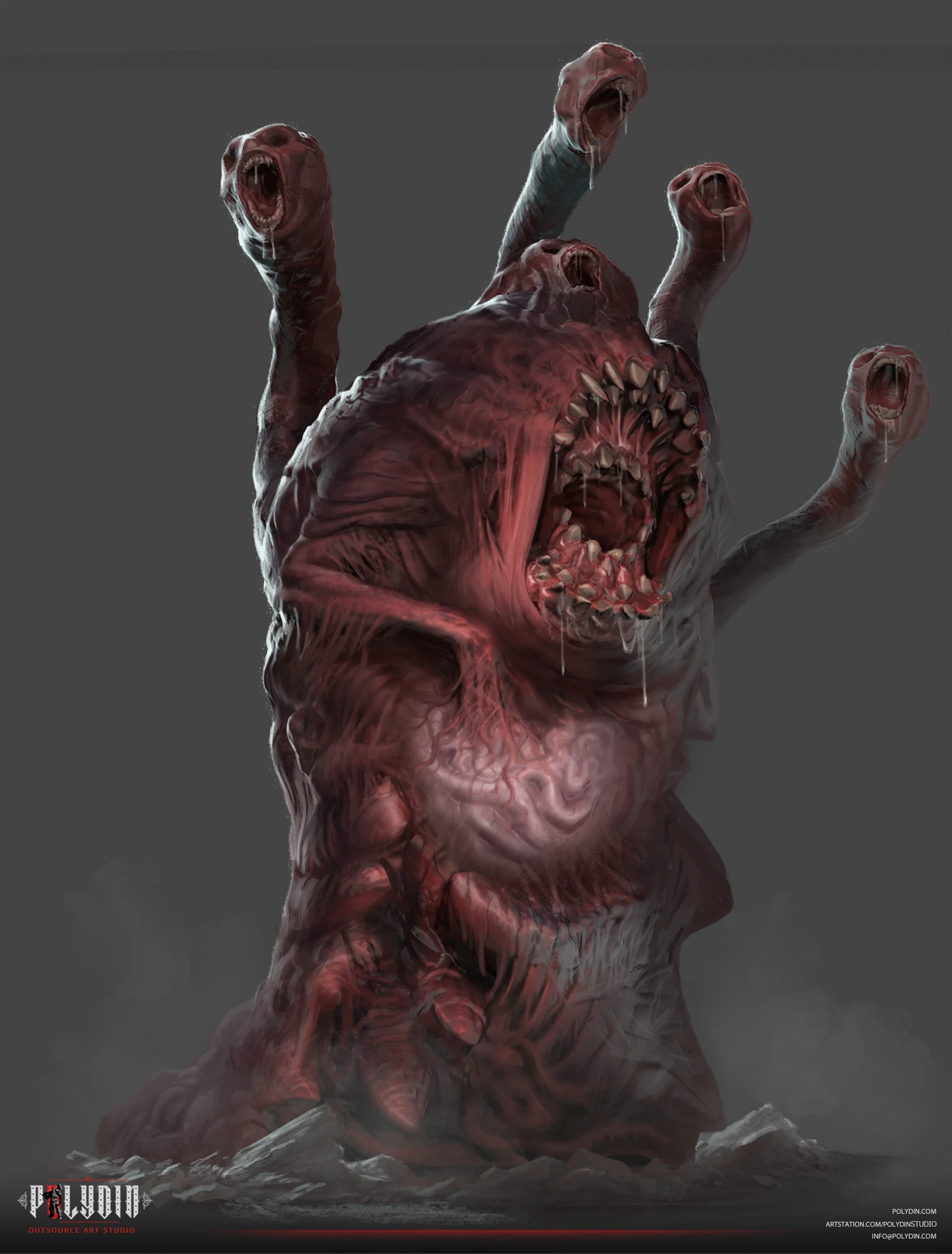
A game designer is responsible for creating a video game’s overall concept and vision. They are the creative minds behind the game, shaping its story, gameplay mechanics, level design, and user experience. Game designers work closely with artists, programmers, and other development team members to translate their ideas into a playable and engaging experience for players.
The responsibilities of a game designer include:
- Conceptualization: Coming up with the initial concept and theme of the game, including its setting, characters, and core gameplay mechanics.
- Game Mechanics: Designing and refining the rules and mechanics that govern how the game is played, ensuring that they are balanced and enjoyable.
- Game Level Design: Creating the layout and structure of the game’s levels, puzzles, challenges, and objectives to provide a compelling and challenging gameplay experience.
- Storytelling: Developing the game’s narrative, including character backstories, dialogue, and plot progression, to immerse players in the game’s world.
- Prototyping: Creating early game versions to test and iterate on the design, making improvements and adjustments based on player feedback.
- User Experience: Focusing on the player’s journey through the game, ensuring that it is intuitive, engaging, and rewarding.
- Collaboration: Collaborating with the development team to integrate art assets, programming code, and audio elements into the game.
- Playtesting: Gathering feedback from playtesters and making necessary changes to enhance the game’s overall quality and playability.
In summary, a game designer plays a crucial role in shaping the creative vision of a video game, from its inception to its final implementation, ultimately determining the player’s experience and enjoyment of the game.
Read Also: Bad Game Design | Anything that makes a player not care
What Does a Game Programmer Do?
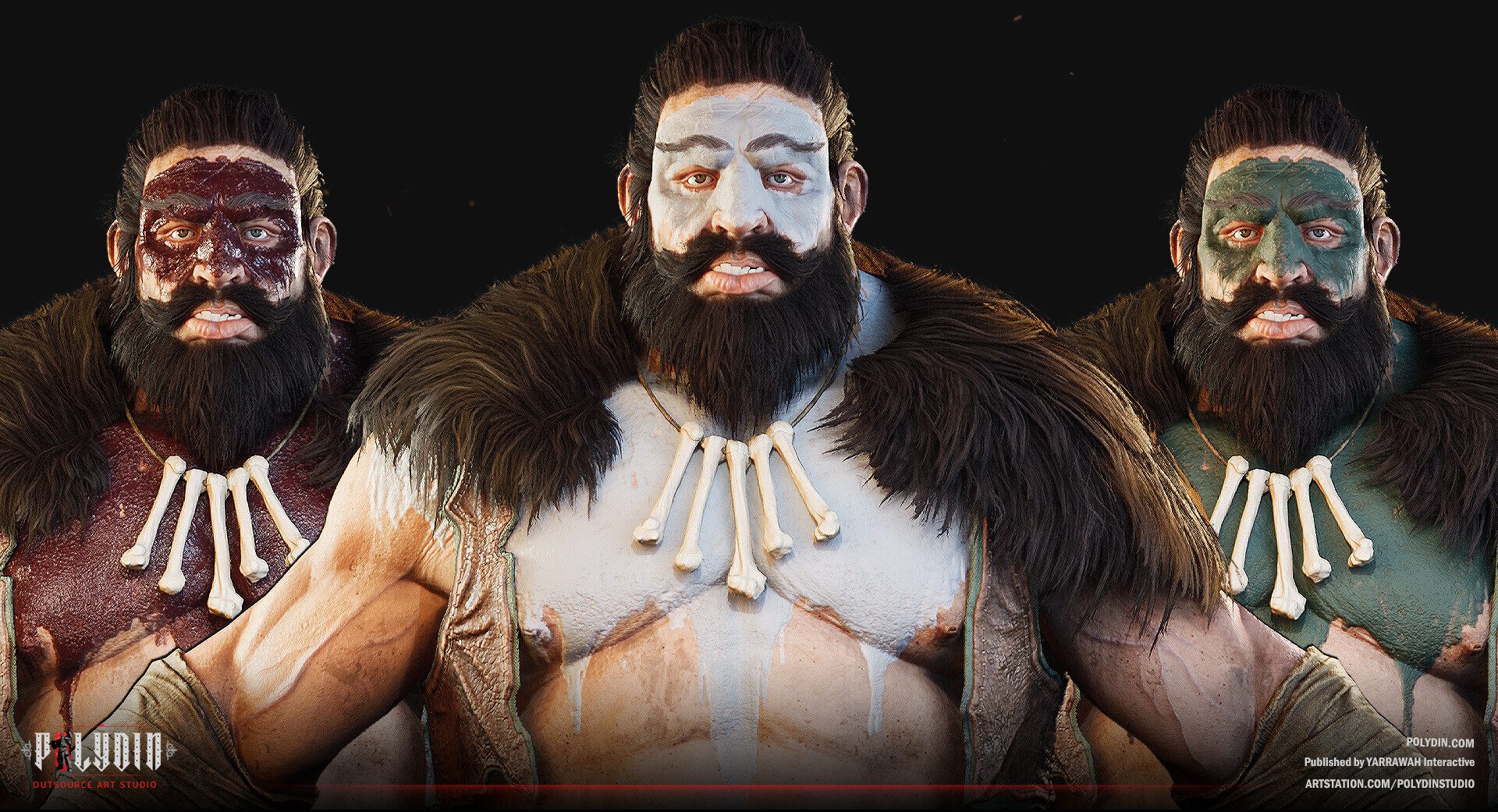
A game programmer plays a crucial role in game development stages by bringing the creative vision of game designers to life through coding and technical implementation. Their responsibilities encompass a wide range of tasks involved in building the actual game from the ground up. Some key roles and responsibilities of a game programmer include:
- Coding: Game programmers write the code that makes the game functional, implementing the game mechanics, interactions, and rules as defined by the game design.
- Game Engine Integration: They work with game engines like Unity, Unreal Engine, or custom-built engines to integrate assets, graphics, and animations into the game.
- Gameplay Systems: Game programmers develop and maintain gameplay systems, such as player movement, character behaviors, artificial intelligence, physics, and collision detection.
- Optimization: They are responsible for optimizing the game’s performance to ensure it runs smoothly on various platforms and devices.
- Bug Fixing and Testing: Game programmers identify and fix software bugs or glitches that may occur during the development and testing phases.
- Cross-Platform Development: They may adapt the game to work seamlessly across different platforms, such as PC, consoles, mobile devices, and VR.
- Collaboration: Game programmers collaborate with other team members, such as artists, designers, and producers, to ensure the successful implementation of the game’s features and mechanics.
- Continuous Learning: Game programmers stay updated with the latest programming languages, tools, and techniques to improve their skills and adapt to evolving technologies in the gaming industry.
In summary, game programming is the backbone of transforming a game designer’s creative vision into a fully functional and interactive gaming experience.
Read more: Best Programming Languages for Game Development
What is the Difference Between Game Design and Game Programming?
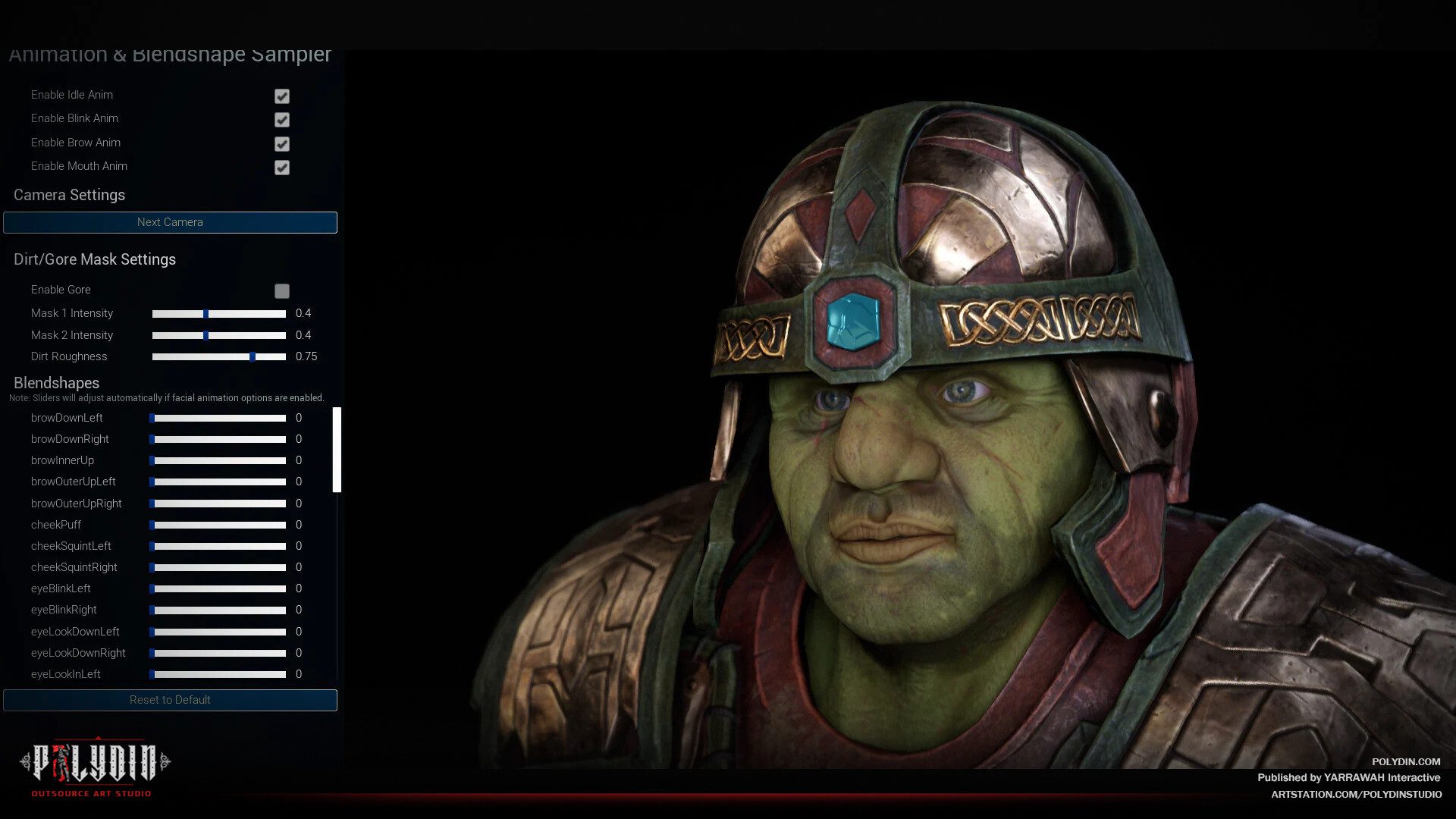
The main difference between game design and game programming lies in their roles and focuses within the game development process:
Game Design:
Game design is the creative and conceptual side of game development. Game designers are responsible for crafting the overall vision and experience of the game. They focus on defining the game’s concept, gameplay mechanics, levels, characters, story, and user interface. Game designers work on creating engaging and immersive gameplay, ensuring that players have a rewarding and enjoyable experience.
Key responsibilities of game designers include:
- Conceptualizing and ideating game ideas.
- Designing game mechanics and rules.
- Creating level layouts and puzzles.
- Writing narrative elements and dialogues.
- Balancing game difficulty and progression.
- Conducting playtesting and iterating based on feedback.
- Collaborating with artists, programmers, and other team members to bring their vision to life.
Game Programming:
Game programming involves the technical implementation of the game design. Game programmers use programming languages and game engines to write code that brings the game’s features and mechanics to life. They focus on making the game functional, interactive, and responsive to player input.
Key responsibilities of game programmers include:
- Writing code to implement game mechanics and features.
- Developing and integrating gameplay systems.
- Handling player input and interactions.
- Optimizing the game’s performance and memory usage.
- Implementing artificial intelligence and physics simulations.
- Ensuring cross-platform compatibility.
- Fixing bugs and issues during development and testing.
- Collaborating with designers and artists to integrate assets and animations.
In essence, game design deals with the creative and conceptual aspects of the game, defining what players will experience, while game programming deals with the technical implementation of those design elements, making them interactive and functional within the game’s code. Both game design and game programming are vital components of game development, and effective collaboration between the two is essential to create successful and engaging games.
Skills Required to Become a Video Game Programmer
Skill required to become a video game programmer include:
- Proficiency in Programming Languages: Strong knowledge of programming languages such as C++, C#, Java, and Python is essential for writing game code.
- Understanding of Game Engines: Familiarity with popular game engines like Unity, Unreal Engine, and Godot is crucial for game development.
- Mathematical Skills: Solid grasp of mathematics, particularly in areas like linear algebra, calculus, and trigonometry, to handle game physics and graphics programming.
- Problem-Solving Abilities: Strong analytical skills to troubleshoot and solve complex coding issues and optimize game performance.
- Knowledge of Computer Graphics: Understanding of computer graphics principles, including rendering, shading, and texturing, to create visually appealing games.
- Experience with Version Control Systems: Proficiency in using version control systems like Git to manage and collaborate on code efficiently.
- Familiarity with Game Development Frameworks: Experience with frameworks and libraries such as OpenGL, DirectX, and SDL for game graphics and input handling.
- Understanding of Artificial Intelligence: Knowledge of AI algorithms and techniques for creating intelligent NPC behavior and game dynamics.
- Strong Communication Skills: Ability to work effectively in a team, communicate ideas clearly, and collaborate with designers, artists, and other programmers.
- Attention to Detail: Precision and thoroughness in coding to ensure bug-free, efficient, and optimized game performance.
- Passion for Gaming: A deep passion for video games and a strong understanding of game design principles to create engaging and enjoyable gaming experiences.
What Software and Tools Do Game Programmers Use?
Game programmers use a variety of software and tools to develop, test, and optimize video games. Here are some commonly used ones:
- Game Engines:
- Unity: Popular for both 2D and 3D game development, known for its user-friendly interface and extensive asset store.
- Unreal Engine: Preferred for high-quality graphics and complex game development, offering powerful tools and visual scripting through Blueprints.
- Godot: Open-source engine known for its versatility and ease of use, supporting both 2D and 3D game development.
- Programming Languages:
- C++: Widely used in game development for its performance and control over system resources.
- C#: Commonly used with Unity for scripting game mechanics and interactions.
- Python: Used for scripting, prototyping, and developing game tools.
- Graphics and Design Software:
- Blender: Open-source 3D modeling and animation software.
- Adobe Photoshop: Widely used for creating and editing textures and sprites.
- Maya/3ds Max: Industry-standard tools for 3D modeling and animation.
- Version Control Systems:
- Git: Essential for code versioning, collaboration, and managing different versions of a project.
- GitHub/GitLab/Bitbucket: Platforms for hosting and managing Git repositories, facilitating team collaboration.
- Integrated Development Environments (IDEs):
- Visual Studio: Popular IDE for C++ and C# development, especially when working with Unity and Unreal Engine.
- Rider: JetBrains’ IDE tailored for game development with Unity and Unreal Engine.
- PyCharm: IDE for Python development, useful for scripting and tool development.
- Audio Tools:
- FMOD: Sound effects and audio engine widely used for interactive and adaptive audio.
- Audacity: Open-source audio editing software for creating and editing sound effects and music.
- Testing and Debugging Tools:
- Visual Studio Debugger: Comprehensive debugging tools integrated with Visual Studio for troubleshooting code.
- RenderDoc: Graphics debugger for capturing and analyzing frames to optimize rendering performance.
- PerfHUD: NVIDIA’s tool for analyzing and optimizing graphics performance on NVIDIA GPUs.
These tools and software are integral to the game development process, helping programmers bring their creative visions to life efficiently and effectively.
Creating a Career in Game Design
Embarking on a career in game design involves developing a blend of creativity, technical skills, and a deep understanding of gaming mechanics. Here are the steps to create a successful career in game design:
1.Acquire Relevant Education
- Formal Education: Pursue a degree in game design, computer science, graphic design, or a related field. Many universities offer specialized programs in game design and development.
- Online Courses: Platforms like Coursera, Udemy, and Khan Academy offer courses on game design principles, software tools, and programming languages.
2.Develop Essential Skills
- Game Mechanics: Understand the principles of game mechanics, including gameplay loops, reward systems, and player progression.
- Storytelling: Learn narrative design to create compelling storylines and characters.
- Art and Design: Gain proficiency in graphic design and digital art software such as Adobe Photoshop and Illustrator.
- Prototyping: Use tools like Unity, Unreal Engine, or GameMaker Studio to create game prototypes and understand the development process.
3.Build a Portfolio
- Personal Projects: Create and publish small games or game prototypes to showcase your skills.
- Collaborate: Work on collaborative projects, such as game jams or open-source games, to gain experience and build your network.
- Documentation: Include detailed documentation of your design process, including concept art, storyboards, and game mechanics, to demonstrate your thought process and creativity.
4.Gain Industry Experience
- Internships: Seek internships at game development studios to gain hands-on experience and industry insights.
- Networking: Attend industry events, conferences, and online forums to connect with professionals and learn about job opportunities.
5.Stay Updated
- Industry Trends: Keep up with the latest trends in game design, including new technologies, popular game genres, and emerging platforms.
- Continuous Learning: Regularly update your skills through courses, tutorials, and reading industry publications.
Read Also: Game art outsourcing
Creating a Career in Game Programming
A career in game programming requires strong technical skills, problem-solving abilities, and a passion for gaming. Here’s how to get started:
1.Educational Background
- Computer Science Degree: A degree in computer science, software engineering, or a related field provides a solid foundation in programming and algorithms.
- Specialized Courses: Enroll in courses focused on game development and specific programming languages used in the industry, such as C++, C#, and Python.
2.Master Key Programming Skills
- Game Engines: Gain proficiency in popular game engines like Unity and Unreal Engine, which are widely used in the industry.
- Graphics Programming: Learn about rendering techniques, shaders, and graphics APIs like OpenGL and DirectX.
- AI and Physics: Understand artificial intelligence and physics programming to create intelligent NPCs and realistic interactions.
3.Build a Strong Portfolio
- Projects: Develop and publish small games or game modules to demonstrate your programming skills.
- Source Code: Share your source code on platforms like GitHub to showcase your coding abilities and project contributions.
- Technical Documentation: Include detailed documentation of your projects, explaining your code structure, algorithms, and problem-solving approaches.
4.Gain Practical Experience
- Internships: Apply for internships at game studios to gain practical experience and learn from industry professionals.
- Game Jams: Participate in game jams to develop games under time constraints and improve your teamwork and creativity.
5.Stay Current
- Latest Technologies: Stay updated with the latest game development tools, programming languages, and industry trends.
- Continuous Improvement: Regularly refine your skills through courses, tutorials, and contributing to open-source projects.
Challenges and Solutions in Communication Between Game Designers and Game Programmers
Effective communication between game designers and programmers is crucial for successful game development. Here are common challenges and solutions:
1.Different Perspectives
- Challenge: Designers focus on creativity and user experience, while programmers prioritize technical feasibility and performance.
- Solution: Foster mutual understanding by organizing regular meetings where both teams can discuss their perspectives and constraints. Encourage cross-disciplinary learning to build empathy and understanding.
2.Misaligned Goals
- Challenge: Designers may propose features that are difficult or time-consuming to implement.
- Solution: Use agile development methodologies, such as Scrum, to break down tasks into manageable sprints. This approach allows for continuous feedback and adjustments, ensuring that goals remain aligned.
3.Technical Jargon
- Challenge: Programmers may use technical jargon that designers find difficult to understand.
- Solution: Encourage clear and simplified communication. Use visual aids, such as diagrams and flowcharts, to explain technical concepts. Regularly hold training sessions to bridge knowledge gaps.
4.Documentation Discrepancies
- Challenge: Incomplete or outdated documentation can lead to misunderstandings and errors.
- Solution: Maintain comprehensive and up-to-date documentation for all aspects of the game. Use version control systems to track changes and ensure everyone has access to the latest information.
The Role of User Experience (UX) in Game Design and Game Programming
User experience (UX) is critical in both game design and programming, impacting how players interact with and enjoy the game. Here’s how UX plays a role in each discipline:
Game Design
- Player-Centric Design: Designers focus on creating intuitive and engaging interfaces that enhance the player experience. This involves designing clear navigation, responsive controls, and visually appealing elements.
- Feedback and Iteration: UX testing and player feedback are integral to refining game mechanics and interfaces. Designers use playtesting sessions to identify pain points and iteratively improve the game.
Game Programming
- Performance Optimization: Programmers ensure the game runs smoothly on various devices, optimizing performance to provide a seamless experience. This includes reducing load times, minimizing bugs, and ensuring stable frame rates.
- Accessibility: Programmers implement features that enhance accessibility, such as customizable controls, colorblind modes, and scalable text. These features make the game more inclusive and enjoyable for a wider audience.
- Interaction Design: Programmers work closely with designers to implement interactive elements that feel responsive and satisfying. This involves coding mechanics that provide immediate and meaningful feedback to player actions.
Conclusion
In conclusion, game design and game programming are two integral pillars of the game development process, each contributing unique elements to create immersive and enjoyable gaming experiences. Game designers shape the creative vision, gameplay mechanics, and narrative elements, while game programmers bring those ideas to life through coding and technical implementation.
The seamless collaboration between designers and programmers is crucial to achieving a cohesive and polished final product. By understanding the distinct roles and responsibilities of game designers and game programmers, game development teams can work harmoniously to craft captivating games that captivate players and leave a lasting impact in the dynamic world of gaming.

